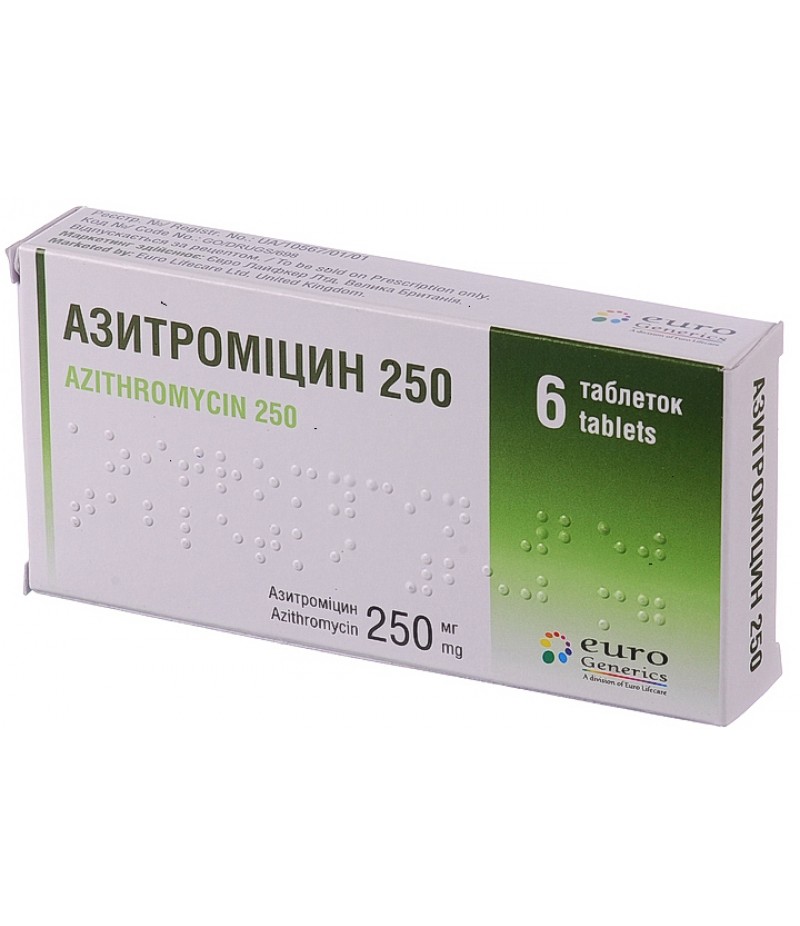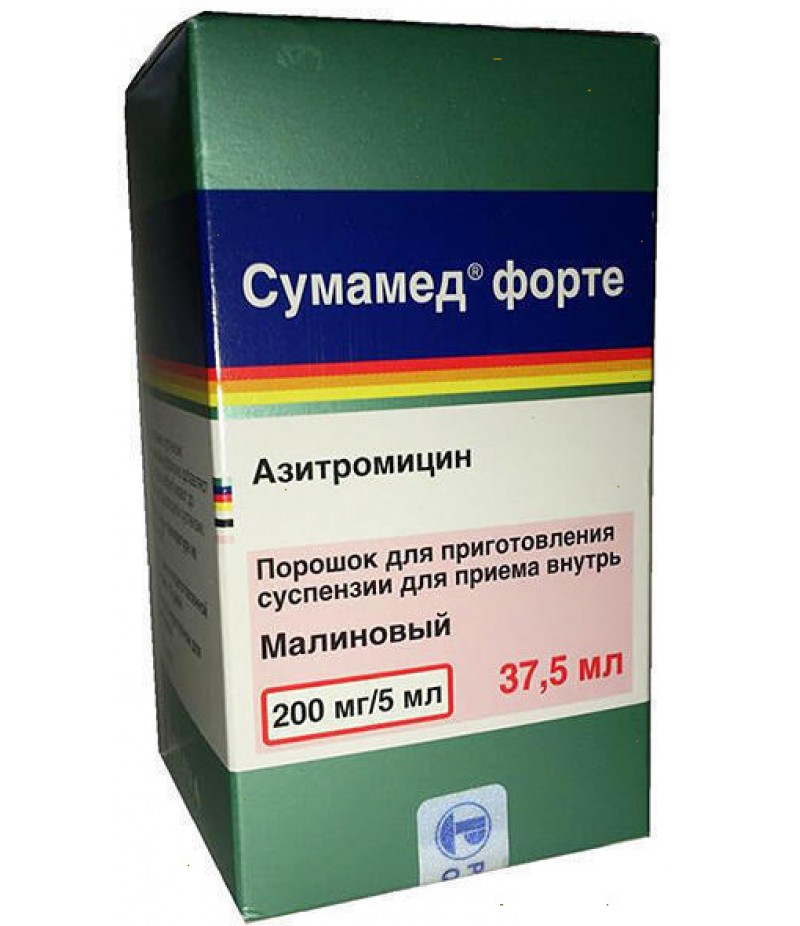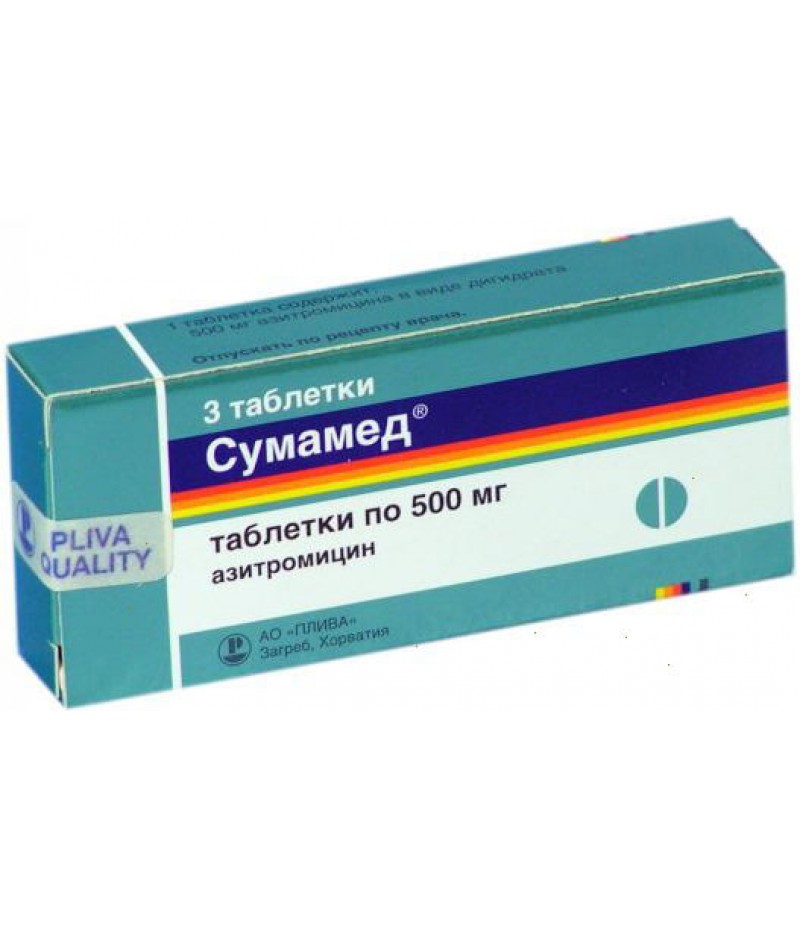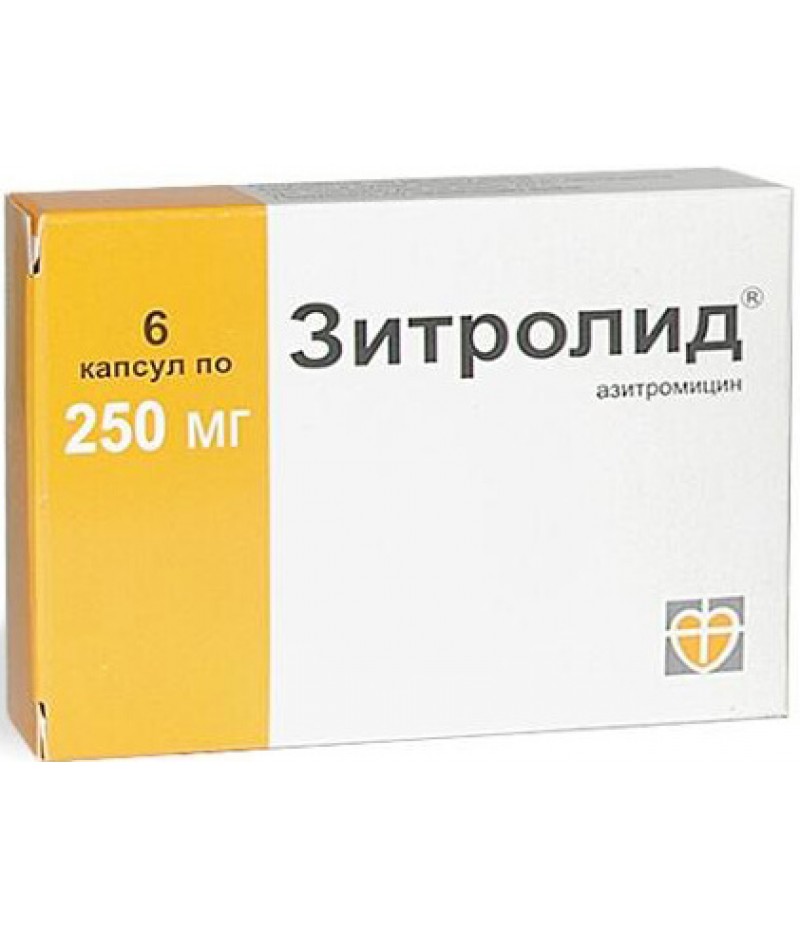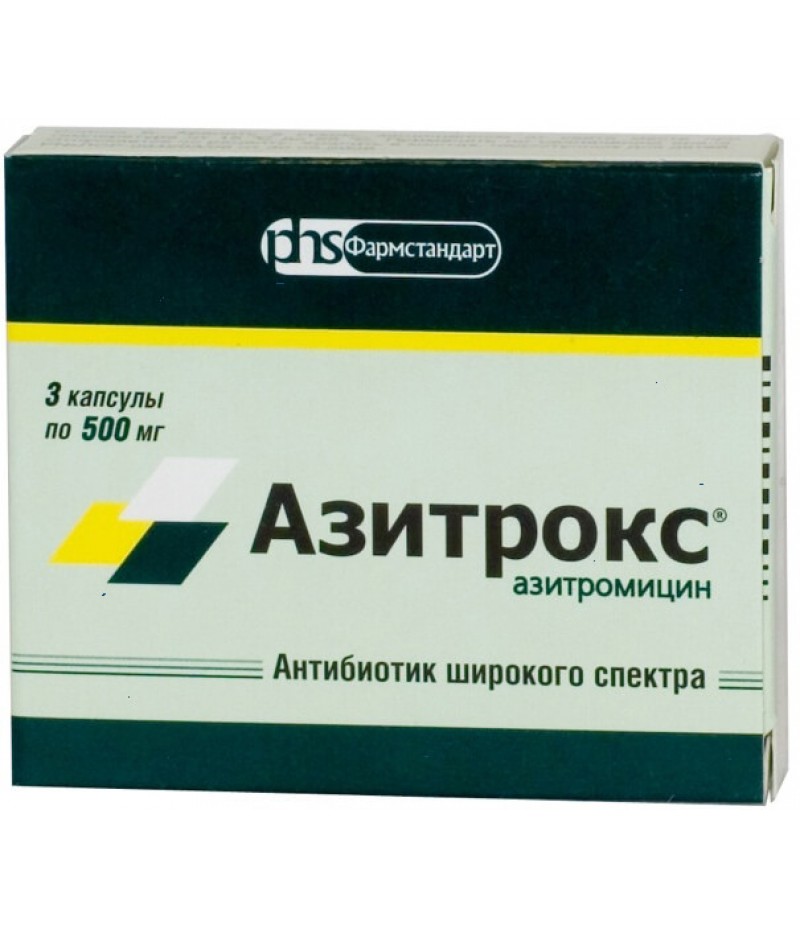Zitrolid Forte caps 500mg #3
- $17.24
- 3 or more $16.99
- Availability:In Stock
Zitrolid Forte instructionReed more and buy Zitrolid Forte on this pageSee also - ZitrolidIndications for useInfections of the upper respiratory tract and ENT organs caused by sensitive pathogens: pharyngitis, tonsillitis, laryngi..
Tags: caps
Zitrolid Forte instruction
Reed more and buy Zitrolid Forte on this page
See also - Zitrolid
Indications for use
Infections of the upper respiratory tract and ENT organs caused by sensitive pathogens: pharyngitis, tonsillitis, laryngitis, sinusitis, otitis media; scarlet fever; infections of the lower respiratory tract: pneumonia (including atypical, exacerbation of chronic), bronchitis; infections of the skin and soft tissues: erysipelas, impetigo, secondarily infected dermatoses; urinary tract infection: gonorrheal and non-renonary urethritis, cervicitis; Lyme disease (initial stage - erythema migrans), peptic ulcer of stomach and duodenum, associated with Helicobacter pylori (as part of combination therapy).
Active substance, group
Azithromycin (Azithromycin), Antibiotic, Azalidine
Dosage form
granules for the preparation of a suspension for oral administration, capsules, lyophilizate for the preparation of a solution for infusion, powder for the preparation of a suspension for ingestion, coated tablets
Contraindications for Zitrolid Forte
Hypersensitivity (including macrolides), hepatic and / or renal failure. Precautions. Pregnancy (can be used in cases when the benefit from its use significantly exceeds the risk that exists always when using any drug during pregnancy), arrhythmia (ventricular arrhythmias and QT interval prolongation are possible), children's age (up to 16 years old, tablets, capsules), children with severe impaired liver or kidney function, newborn (oral suspension), lactation period.
Dosing and Administration (Instruction)
Zitrolid Forte using inside, 1 hour before or 2 hours after meals 1 time per day.
Adults with infections of the upper and lower respiratory tract - 0.5 g / day for 1 reception for 3 days (exchange dose - 1.5 g).
For infections of the skin and soft tissues - 1 g / day on the first day for 1 reception, then 0.5 g / day daily from 2 to 5 days (course dose - 3 g).
In acute infections of the urogenital organs (uncomplicated urethritis or cervicitis) - once 1 g.
In Lyme disease (borreliosis) for treatment of stage I (erythema migrans) - 1 g on the first day and 0.5 g daily from 2 to 5 days (course dose - 3 g).
With gastric ulcer and 12 duodenal ulcer associated with Helicobacter pylori, 1 g / day for 3 days as a combination of anti-Helicobacter therapy.
Children are prescribed at the rate of 10 mg / kg once a day for 3 days or on the first day - 10 mg / kg, then 4 days - 5-10 mg / kg / day for 3 days (course dose - 30 mg / kg).
In the treatment of erythema migrans in children, the dose is 20 mg / kg on the first day and 10 mg / kg from 2 to 5 days.
When treating pneumonia - iv, 0.5 g once a day, for at least 2 days, then - inward, 2 capsules (0.25 g each); course - 7-10 days.
With infections of the small pelvis - iv, 0.5 g once, then - inward, 2 capsules (0.25 g each); course - 7 days.
The period of transition to oral intake depends on the dynamics of clinical and laboratory indicators.
Rules for the preparation of a solution for intravenous administration: 0.5 g diluted in 4.8 ml of water for injection, mix until completely dissolved.
For intravenous infusion: 0.5 g dilute 5% dextrose solution, 0.9% NaCl solution, Ringer's solution up to 500 ml (concentration: 1 mg / ml, inject for 3 hours), up to 250 ml (concentration: 2 mg / ml, enter for 1 hour).
Pharmachologic effect
Antibacterial agent of a wide spectrum of action, azalide, acts bacteriostatically. Linking to the 50S subunit of ribosomes, inhibits peptidranslokase at the stage of translation, suppresses protein synthesis, slows the growth and multiplication of bacteria, at high concentrations has a bactericidal effect. Effects on extracorporeal and intracellular pathogens.
It is active against gram-positive microorganisms: Streptococcus spp. (groups C, F and G, other than those resistant to erythromycin), Streptococcus pneumoniae, Streptococcus pyogenes, Streptococcus agalactiae, Streptococcus viridans, Staphylococcus epidermidis, Staphylococcus aureus;
Gram-negative bacteria: Haemophilus influenzae, Moraxella catarrhalis, Bordetella pertussis, Bordetella parapertussis, Legionella pneumophila, Haemophilus ducreyi, Campylobacter jejuni, Neisseria gonorrhoeae and Gardnerella vaginalis;
some anaerobic microorganisms: Bacteroides bivius, Clostridium perfringens, Peptostreptococcus spp;
as well as Chlamydia trachomatis, Chlamydia pneumoniae, Mycoplasma pneumoniae, Mycobacterium avium complex, Ureaplasma urealyticum, Treponema pallidum, Borrelia burgdorferi.
Inactive against Gram-positive bacteria, resistant to erythromycin.
Side effects of Zitrolid Forte
On the part of the digestive system: when ingested - diarrhea (5%), nausea (3%), abdominal pain (3%); 1% or less - meteorism, vomiting, melena, cholestatic jaundice, increased activity of "liver" transaminases; In addition, children - constipation, decreased appetite, gastritis; candidymycosis of the oral mucosa.
On the part of the CCC: palpitations, pain in the chest (1% or less).
From the nervous system: dizziness, headache, vertigo, drowsiness; children - headache (with medication otitis media), hyperkinesia, anxiety, neurosis, sleep disorders (1% or less).
From the genitourinary system: vaginal candidiasis, nephritis (1% or less).
Allergic reactions: rashes, hives, itching of the skin, angioedema; with / in the introduction - bronchospasm (1% or less).
Local reactions: with intravenous administration, pain and inflammation at the injection site.
Other: asthenia, photosensitivity; in children - conjunctivitis; change in taste (1% or less). Overdose. Symptoms: severe nausea, temporary loss of hearing, vomiting, diarrhea.
Special instructions
In case of missed dose, the missed dose should be taken as soon as possible, and the subsequent dose should be taken at intervals of 24 hours.
It is necessary to observe a break of 2 hours with the simultaneous use of antacids.
The safety of the appointment (IV, as well as capsules and tablets) of Zytrolide forte in children and adolescents younger than 16 years is not definitively established (it is possible to use in the form of an oral suspension in children 6 months and older).
After the withdrawal of the treatment, hypersensitivity reactions in some patients may persist, which requires specific therapy under the supervision of a physician.
Interaction
Antacids (Al3 + and Mg2 + -containing), ethanol and food slow down and reduce the absorption of Zitrolid forte.
With the co-administration of warfarin and sytrolide forte (in usual doses), no changes in prothrombin time have been detected, however, considering that the interaction of macrolides and warfarin may enhance the anticoagulation effect, patients need careful monitoring of prothrombin time.
Increases the concentration of digoxin due to the weakening of its inactivation by intestinal flora.
Ergotamine and dihydroergotamine: increased toxic effect (vasospasm, dysesthesia).
Triazolam: reduced clearance and increased pharmacological action of triazolam.
Slows down the excretion and increases the plasma concentration and toxicity of cycloserine, indirect anticoagulants, methylprednisolone, felodipine, and LS undergoing microsomal oxidation (carbamazepine, terfenadine, cyclosporine, hexobarbital, ergot alkaloids, valproic acid, disopyramide, bromocriptine, phenytoin, oral hypoglycemic drugs, theophylline and other xanthine derivatives), due to the inhibition of microsomal oxidation in hepatocytes by Sietrolide forte.
Lincosamides weaken, and tetracycline and chloramphenicol increase the effectiveness of Sietrolide forte.
Pharmaceutically incompatible with heparin.


